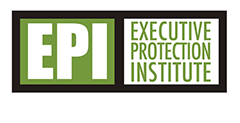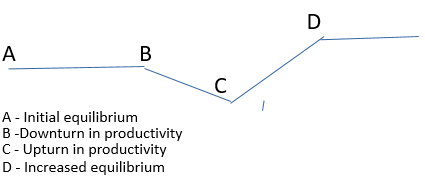It is often said that people resist change. But is that true? How about a promotion, a salary increase, or a transfer into a preferred assignment? Those are changes, aren’t they? I don’t think many people would resist any of those, do you?
It might be more accurate to say that people resist some change. Specifically, people resist change that is forced upon them; change they did not want and/or can’t control. So, the real issue is how can we manage the change in our lives? Either by taking action to affect the change or by doing something to minimize the negative impact of the change. The issue then is not so much the change, but our ability to manage the change.
Another aspect of change that often gets ignored is captured in this saying, “Unless things change, they remain the same”. The core message in this saying is that things cannot improve unless they change… That means change can be good, even necessary if things are to get better.
How we see change will greatly affect how we deal with it. Whenever you seek improvement, you are actually embracing change. By devising a plan to achieve improvement you are looking to control the change, to make it work for you. By definition, improvement is different than before. That’s a change.
Of course, just because improvement is the result of change, it doesn’t mean all change results in improvement. So, the idea is not to avoid change, just manage the change where you can and don’t let change manage you. To quote my good friend Pete Porrello, “strive to control the controllable and minimize the negative effects of the rest”.
An important aspect of change is your expectations related to it. Ideally, you invoke a change with the hope of a better outcome. But reality says that an immediate improvement is not likely. In fact, when change is implemented the most likely short-term result will be that things actually get worse. There is a model for this called the CHANGE CURVE. That model looks like this:
A review of the four-step process starts with the current status, or equilibrium (A). In an effort to get improved results a change in procedure and/or equipment is implemented. The expectation is that the new procedures or equipment will result in improved results. But actually, what usually happens is that productivity drops (B). This is most often due to the learning curve, where people have to let go of past information in order to adopt the new. For some people this is more difficult the longer they operated with the old procedure or equipment. Unlearning the old can be an impediment to learning the new. We have to let go of the past before we can embrace the future.
The lowest point where letting go of the old and embracing the new is sometimes called “the valley of despair”. Often, it is at this point where people start to see some improvement and the rise to a new, higher level of achievement occurs (C). If the change was a good one, and it is implemented in a positive manner, the new equilibrium is at a higher level than the old (D). Congratulations, you have achieved improvement through change!
The point is that we should not resist change, we should embrace it. However, understand that in most cases, change, even good change, will not result in immediate improvement. There is a predictable, but manageable, drop in outcome at first. We just have to anticipate and plan for this.
One of life’s major constants is that change will occur. We can either anticipate the change and take steps to manage it, and our reaction to it, or we can just sit and wait to be affected by it. So, will you be affected by change or take action to impact the change and its effect on you?
Gene Ferrara PPS, CST
Chief Instructor at Executive Protection Institute
Class 1, Providing Executive Protection Program
Nine Lives Associates Member #3


